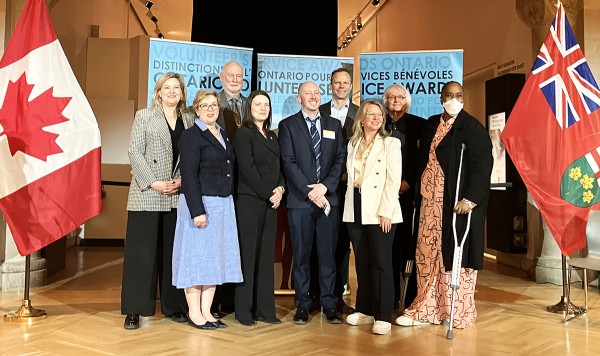stat.ee – news release no 140
According to Statistics Estonia, in 2015, 21.3% of the Estonian population lived in relative poverty and 3.9% in absolute poverty. The overall percentage of people living in relative poverty decreased 0.3 percentage points compared to the previous year, the percentage of people living in absolute poverty decreased 2.4 percentage points.
In 2015, the income of the population increased and income inequality decreased. Social transfers (state benefits and pensions) helped to prevent falling into poverty, as had they not been included in income, 39.2% of the population would have lived in relative poverty and 25.2% in absolute poverty.
In 2015, a person was considered at risk of poverty if his/her monthly equivalised disposable income was below 429 euros (394 euros in 2014), and in absolute poverty if his/her monthly equivalised disposable income was below 201 euros (203 euros in 2014). In 2015, the income of the poorest and the richest quintile of the population differed 5.7 times.
Compared to 2014, the poverty rate has decreased in the case of children, young and middle aged people, but in the case of the elderly, the at-risk-of-poverty rate has increased. In 2015, 40.2% of persons aged 65 and over lived in relative poverty (35.8% in 2014). In 2015, 18.5% of children under 18 lived in relative poverty or one and a half percentage points less compared to the previous year. The absolute poverty rate of children has also decreased – this indicator was 9.1% in 2014 and 4.6% in 2015.
The level of education significantly affects the risk of falling into poverty. Among persons with basic education or lower, every third was in the poorest and only every fourteenth in the richest income quintile. At the same time, one third of people with higher education belonged to the richest fifth. Therefore, the at-risk-of-poverty and absolute poverty rates of persons with higher education (12.4% and 2.0%, respectively) were almost three times smaller than those of persons with basic education or lower (34.8% and 5.0%, respectively). A higher level of education is an important prerequisite for the prevention of poverty.
More detailed information can be found in the statistics blog https://statistikaamet.wordpre... (only in Estonian).
At-risk-of-poverty rate is the share of persons with yearly disposable income lower than the at-risk-of-poverty threshold. Absolute poverty rate is the share of persons with yearly disposable income lower than the absolute poverty threshold. The at-risk-of-poverty threshold is 60% of the median yearly disposable income of household members, the absolute poverty threshold is the estimated subsistence minimum. Equivalised disposable income is the total household income, which is divided by the sum of equivalence scales of all household members.
The estimations are based on the Social Survey, which has been conducted by Statistics Estonia since 2004. For the survey, the main representative of public interest is the Ministry of Social Affairs, commissioned by whom Statistics Estonia collects and analyses the data necessary for conducting the statistical activity. In 2016, more than 6,000 households participated in the survey. The survey collects data about the yearly income, which is the reason why the survey of 2016 asks about the income of 2015. The yearly income is necessary for calculating the indicators of poverty and inequality. Social surveys are conducted by statistical organisations in all European Union countries on the basis of a harmonised methodology by the name of EU-SILC.
Last year every fifth person in Estonia lived in relative poverty
Eestlased Eestis | 20 Dec 2016 | EWR
Eestlased Eestis
TRENDING



























